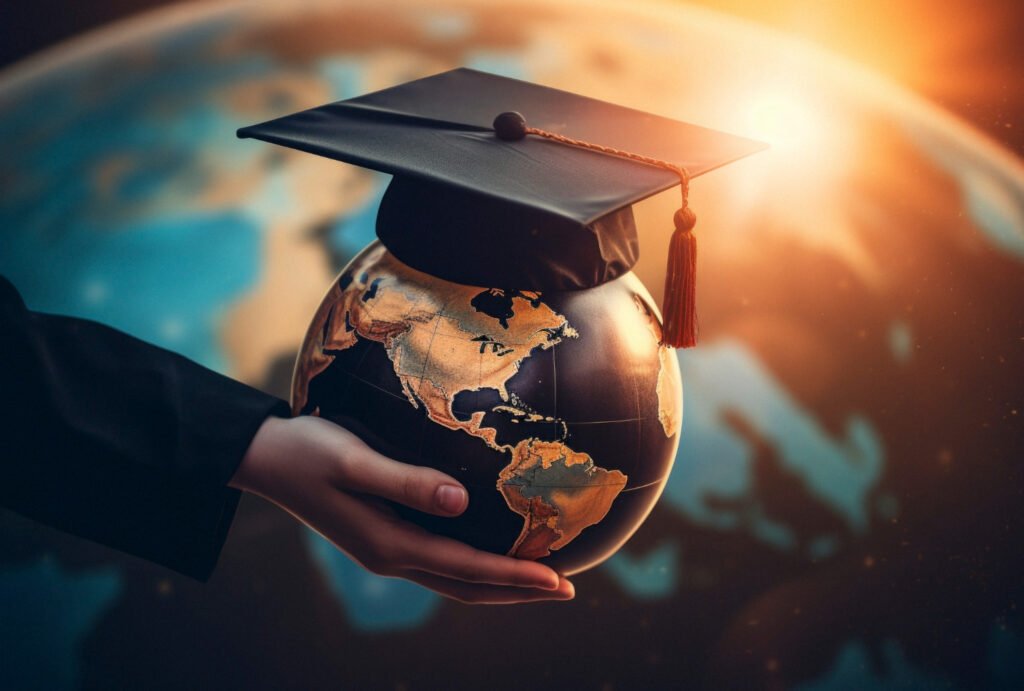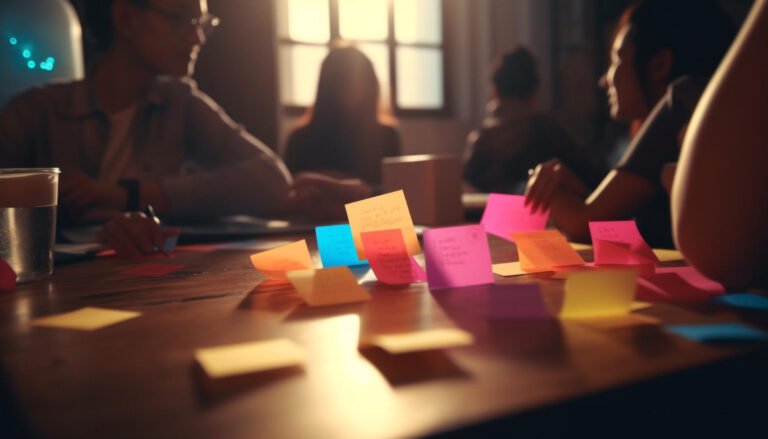Navigating the Shift: Innovative Pedagogical Strategies in Higher Education
Institutions are continually seeking innovative pedagogical strategies to enhance learning outcomes and prepare students for modern-day complexities. The shift toward more dynamic, student-centered teaching methods is not just a trend but a necessary adaptation to the changing needs of learners and the demands of the global job market.
Recent transformations in higher education are characterised by a shift towards more engaging, interactive, and multidimensional teaching approaches. These strategies don’t just incorporate new teaching techniques, but are rather aimed at deeply enhancing the learning experience – making education more relevant, practical, and effective for students. Here are some recent strategies and examples:
Embracing Technology-Enhanced Learning
The integration of technology in education is no longer a novelty but a critical component of contemporary teaching and learning. From virtual reality (VR) simulations to AI-powered tutoring systems, technology-enhanced learning environments offer students immersive and personalized educational experiences. These tools not only facilitate the acquisition of knowledge but also develop essential skills such as critical thinking, problem-solving, and adaptability.
Virtual Reality in Surgical Training
Virtual reality has been a gamechanger in medical education, particularly in surgical training. For instance, a medical school might employ VR simulations that allow students to perform complex surgical procedures virtually. This immersive experience is invaluable, offering students a realistic, hands-on practice environment without the potential risks to patients of real-life procedures.
AI-Powered Personalised Learning
Artificial intelligence allows individualisation of learning. Consider a languages learning platform that uses AI to adapt to each learner’s pace and style. The AI assesses a student’s performance in real-time, identifying strengths and weaknesses, and adjusts the curriculum accordingly. This ensures that students remain engaged, challenged, and supported throughout their learning journey.
Flipped Classroom Model
The flipped classroom model reverses the traditional learning structure by encouraging students to engage with lecture material at home and utilise classroom time for interactive, practical learning activities. This approach fosters a deeper understanding of the subject matter and promotes active participation, collaboration, and the application of knowledge in real-world scenarios.
Interactive Business Studies
In a flipped classroom business course, students might watch lectures on economic theories at home. During class, they could engage in a stock market simulation, applying their theoretical knowledge to make investment decisions. This practical application deepens their understanding and equips them with valuable experience in market analysis and decision-making.
Interdisciplinary Approaches
Interdisciplinary teaching and learning break down the silos of traditional disciplines, encouraging students to explore connections between different fields. This approach not only broadens their knowledge base but also cultivates a holistic understanding of complex issues, promoting innovative thinking and problem-solving.

Environmental Science and Public Policy
An interdisciplinary course that combines environmental science with public policy can provide students with a comprehensive understanding of climate change. They learn not only the scientific basis of climate issues but also the policy frameworks and strategies for mitigation and adaptation, preparing them to tackle complex environmental challenges.
Experiential Learning
Experiential learning emphasizes learning through experience, placing students in real-world or simulated scenarios where they can apply their knowledge and skills. This approach is particularly effective in developing practical skills and enhancing employability.
Internships in Journalism
Journalism students might participate in internships at local newspapers or broadcasting stations, where they apply their writing, reporting, and analytical skills in a real-world setting. This direct experience is invaluable, offering insights into the workings of the media industry and enhancing their practical skills and professional readiness.
Global Learning Experiences

International Business Collaboration
In a global business course, students could collaborate with peers from universities around the world on a project to develop a business plan for an international company. This experience would not only expose students to diverse business practices and perspectives but also enhance their cross-cultural communication and teamwork skills.
Enhanced Clinical Experiences in Medical Education
Telemedicine Training
Medical students might engage in telemedicine training, where they learn to conduct patient consultations remotely. This training reflects the growing importance of telemedicine in healthcare, equipping students with the skills to provide care in a digitally evolving landscape.
Standardised Patient Interactions
Another example from medical education involves students interacting with standardized patients — actors trained to portray real patient cases. This practice allows students to develop and refine their clinical and communication skills in a controlled, yet realistic setting, enhancing their preparedness for actual patient care. A variation on this theme is text-based, AI-powered virtual patients, where students chat with a virtual patient.
Conclusion
Innovative pedagogical strategies in higher education are vital for preparing students to excel in their careers and navigate the complexities of the modern world. By incorporating technology-enhanced learning, flipped classrooms, interdisciplinary approaches, experiential learning, and global experiences, educators can offer students a diverse, practical, and comprehensive education. These strategies not only enhance learning outcomes but also ensure that students are adaptable, critical thinkers, ready to tackle the challenges of the future.







